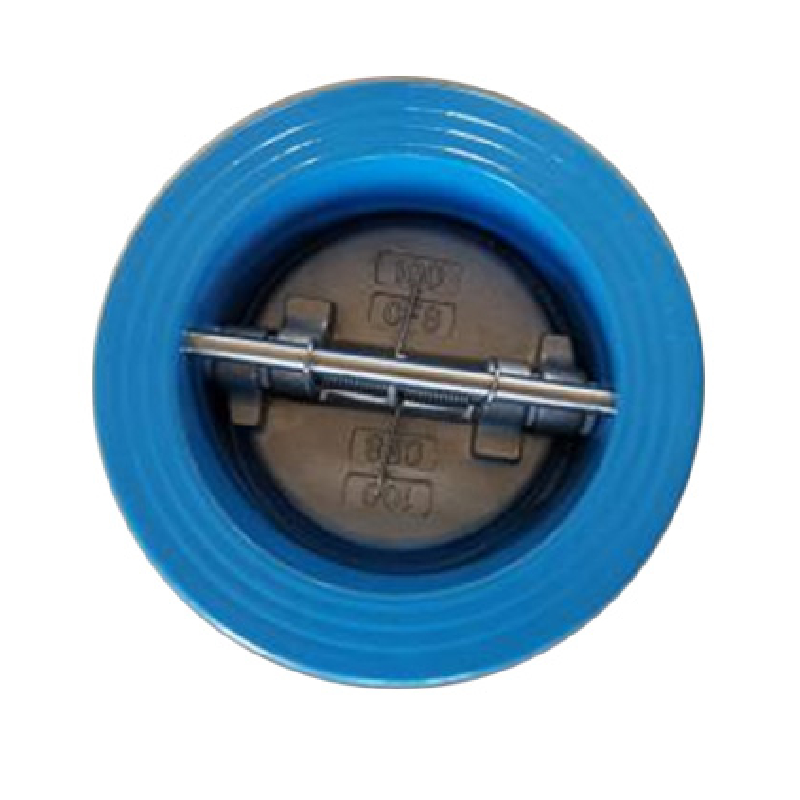Aug . 30, 2024 22:50 Back to list
manual air valve
Understanding Manual Air Valves Functionality and Applications
In various industrial and mechanical applications, controlling the flow of air is crucial for efficiency and safety. One essential component in achieving this control is the manual air valve. A manual air valve is a mechanical device that regulates the airflow within a pneumatic system through manual operation. This article will explore the functionality, types, and applications of manual air valves.
Functionality of Manual Air Valves
At its core, a manual air valve serves to either allow or restrict the flow of air within a system. When operated, the valve either opens or closes pathways for the air to travel, thereby enabling or inhibiting the flow. This operation is typically executed via a lever or knob that the operator can manipulate, providing an intuitive means of control.
The operation of the manual air valve is relatively straightforward. When the valve is open, air can freely pass through the valve, allowing for necessary operations to take place, such as the activation of tools or machinery dependent on pneumatic pressure. Conversely, when the valve is closed, the airflow is cut off, effectively halting any operation reliant on that air supply.
Types of Manual Air Valves
There are several types of manual air valves, each designed for specific applications and needs
1. Ball Valve This type of valve features a spherical disc that rotates to open or close the flow of air. Ball valves are favored for their durability and ability to provide a tight seal, making them suitable for both high and low-pressure applications.
manual air valve

2. Gate Valve Unlike ball valves, gate valves operate by raising or lowering a gate that blocks the flow. They are typically used in applications where a straight-line flow of air is required.
3. Globe Valve Similar to a gate valve, a globe valve regulates flow but can also be used to throttle or restrict air flow. These valves are essential for systems where precise control of airflow is necessary.
4. Throttle Valve Specifically designed to adjust the rate of flow, throttle valves are ideal for applications where air pressure needs to be controlled delicately.
Applications of Manual Air Valves
Manual air valves find applications across various industries, including manufacturing, construction, automotive, and HVAC systems. In manufacturing plants, they often control air supply to pneumatic machinery, ensuring that operations run smoothly and efficiently. In the construction industry, manual air valves are used to control pneumatic tools, providing workers with the necessary airflow for tools like nail guns and air compressors.
In automotive applications, manual air valves can regulate airflow in automotive systems reliant on pneumatic pressure, such as brake systems. Additionally, in HVAC systems, these valves can manage airflow to different areas, allowing for improved climate control in commercial and residential buildings.
Conclusion
In conclusion, manual air valves are critical components in many pneumatic systems, enabling operators to control airflow effectively and efficiently. Their various types cater to different requirements, making them versatile tools in numerous industries. The ability to manually regulate air supply enhances the functionality and reliability of mechanical systems, ensuring they operate at optimal levels. Understanding the operation and applications of manual air valves is essential for anyone involved in fields dependent on pneumatic technologies.
Share
-
Reliable Wafer Type Butterfly Valves for Every IndustryNewsJul.25,2025
-
Reliable Flow Control Begins with the Right Ball Check ValveNewsJul.25,2025
-
Precision Flow Control Starts with Quality ValvesNewsJul.25,2025
-
Industrial Flow Control ReliabilityNewsJul.25,2025
-
Engineered for Efficiency Gate Valves That Power Industrial PerformanceNewsJul.25,2025
-
Empowering Infrastructure Through Quality ManufacturingNewsJul.25,2025